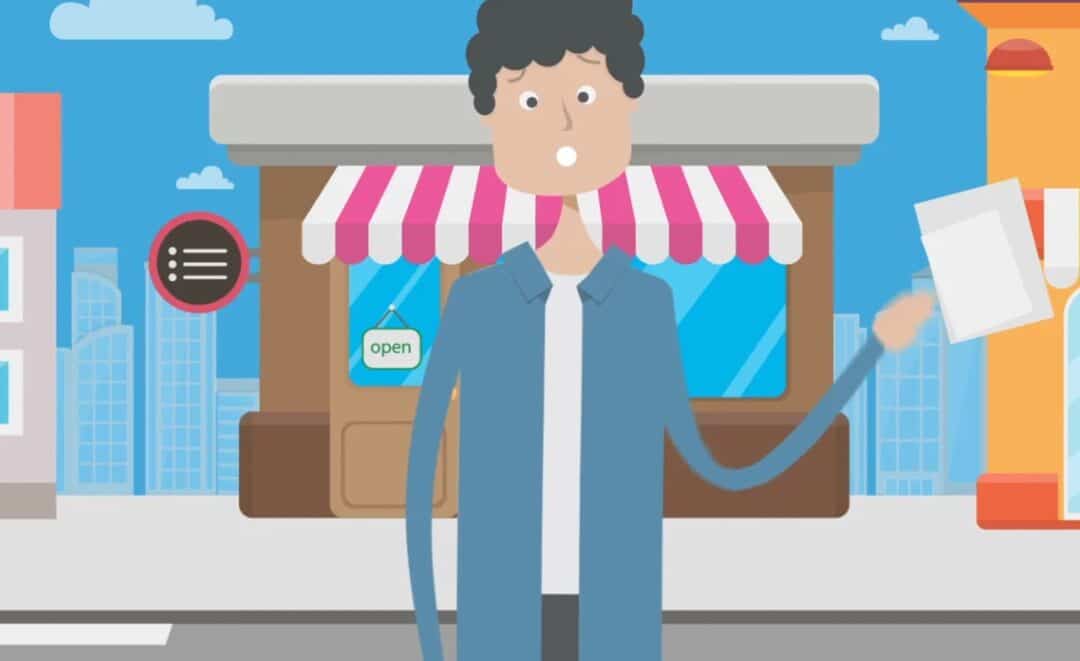When facing financial difficulties, navigating all the options available to help resolve your debt can be overwhelming. Two popular choices are the IRS Fresh Start program and bankruptcy, but it can be challenging to determine which one is right for you. This article will compare the IRS Fresh Start program and bankruptcy and help you determine which option is best for your financial situation.
What is the IRS Fresh Start Program?
The IRS Fresh Start program is a set of initiatives implemented by the Internal Revenue Service (IRS) to help taxpayers struggling with tax debt. The program offers several options to help taxpayers pay off their debt and get back on their feet, including extended payment plans, reduced penalties, and more.
What is Bankruptcy?
Bankruptcy is a legal process where an individual or business can get relief from their debts. There are two main types of bankruptcy for individuals: Chapter 7 and Chapter 13. Chapter 7 bankruptcy involves liquidating assets to pay off debts, while Chapter 13 bankruptcy involves reorganizing debt and a payment plan to repay creditors over time.
IRS Fresh Start vs. Bankruptcy: Key Differences
- IRS Fresh Start is specifically for resolving tax debt, while bankruptcy can be used for all types of debt.
- IRS Fresh Start offers payment plans and reduced penalties, while bankruptcy involves liquidating assets or reorganizing debt.
- IRS Fresh Start may have less of a negative impact on your credit score, while bankruptcy will have a more significant impact.
Pros and Cons of the IRS Fresh Start Program
Pros:
- Tax debt can be resolved without the liquidation of assets.
- Reduced penalties and extended payment plans may make it easier to repay the debt.
- Less of a negative impact on your credit score.
Cons:
- It may not resolve all debt, just tax debt.
- Repaying the debt over time may still be a financial burden.
Pros and Cons of Bankruptcy
Pros:
- All types of debt can be resolved, not just tax debt.
- It can provide immediate relief from creditors and collection actions.
- Can discharge certain types of debt, such as credit card debt, that cannot be discharged through the IRS Fresh Start program.
Cons:
- Liquidation of assets may be required to pay off debts.
- Significant negative impact on credit score.
- Bankruptcy remains on your credit report for up to 10 years.
Frequently Asked Questions
Q: Can I apply for both the IRS Fresh Start program and bankruptcy at the same time?
A: No, you must choose one or the other.
Q: Will bankruptcy discharge all of my debt?
A: It depends on the type of debt you have. Some debts, such as student loans, are not dischargeable in bankruptcy.
Q: Can I keep my house and car if I file for bankruptcy?
A: It depends on the type of bankruptcy you file for and your state. In many cases, you may be able to keep your home and car if you file for Chapter 13 bankruptcy.
Conclusion
In conclusion, the IRS Fresh Start program and bankruptcy are options for individuals facing financial difficulties. While the IRS Fresh Start program may be a good option for those struggling with tax issues, it’s not your only tax relief option.





